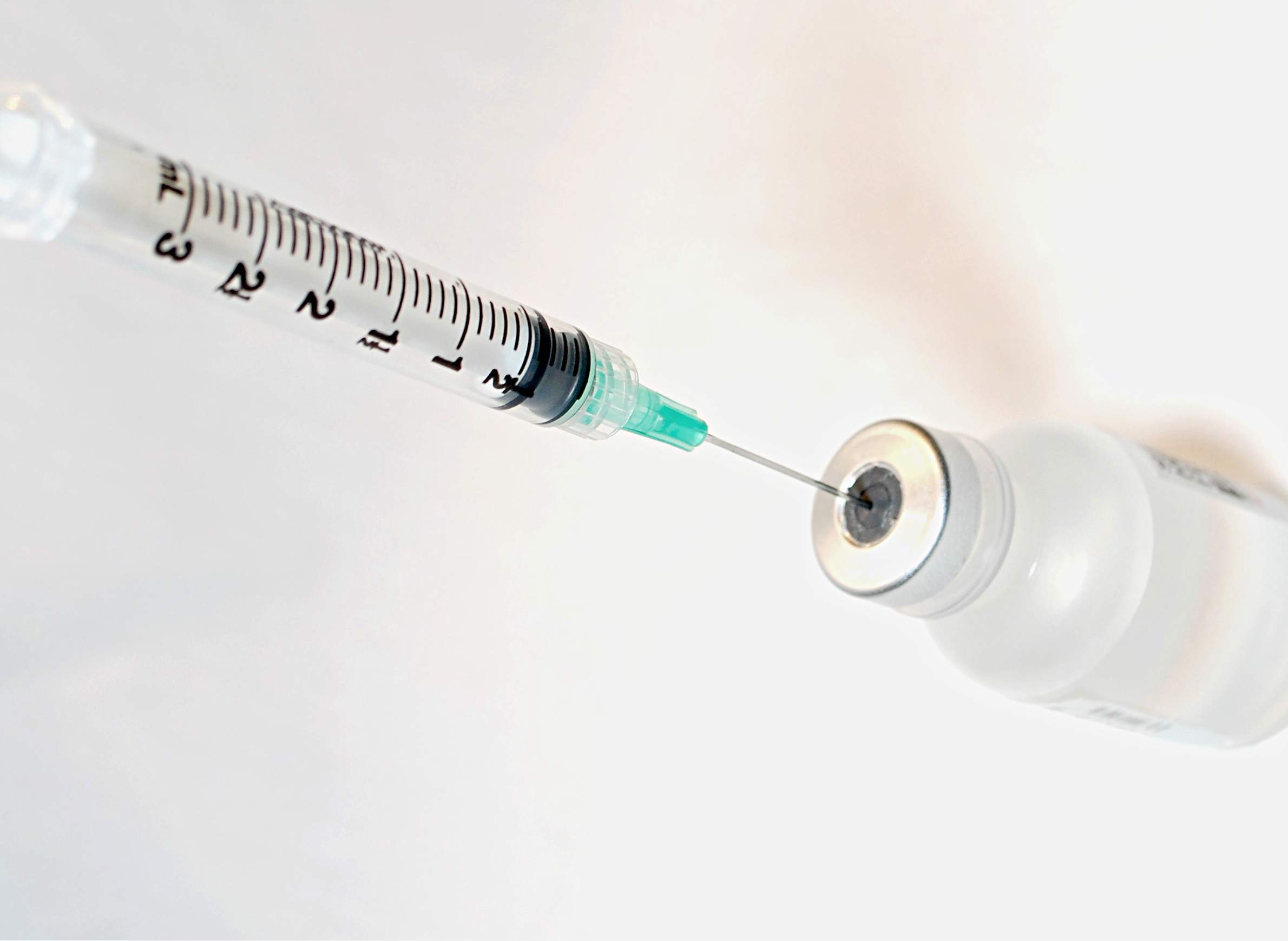
Wisconsin Public School Students Have Mostly Consistent Immunization Rates, With A Few Exceptions

Health disparities often align sharply with geographic and demographic differences. For instance, infant mortality rates are considerably higher among African Americans and Native Americans in Wisconsin, and many rural Wisconsin counties have higher cancer diagnosis and mortality rates than the state average. Oftentimes these various types disparities reflect a lack of access to healthcare for people living in remote and/or impoverished areas.
Disparities along urban and rural lines don't quite hold when it comes to child immunization in the state, though, according to data the Wisconsin Department of Health Services released in September 2017 about vaccination rates among public school students. This information, also available as an interactive map, covers student vaccination rates in 423 school districts reporting for the 2016-17 school year. The overwhelming majority of districts around Wisconsin reported that more than 90 percent of their students met the state's minimum vaccination requirements.
DHS describes the minimum vaccination requirements for attending a Wisconsin public school as: doses of DTaP vaccine (diptheria, tetanus and pertussis), four doses of polio vaccine three doses of hepatitis B vaccine, two doses of MMR vaccine (measles, mumps and rubella), two doses of varicella vaccine (chickenpox), and one dose of Tdap vaccine for students in grades 6-12. (DTaP and Tdap vaccines each guard against diphtheria, tetanus and pertussis, but the former is for children while the latter is for adolescents and adults.)
Of the 45 school districts that come in under a 90 percent vaccination rate, plenty are rural, but that doesn't suggest a generalized lack of vaccinations in rural schools. The state's largest and most urban public school district, Milwaukee, is also one of those 45 with a vaccination rate of 85.1 percent. Additionally, smaller rural districts also make up the overwhelming bulk of districts with high rates.
These small, rural school districts have an average vaccination rate of 93.1 percent. Only three come in under 80 percent. The tiny Washington Island School District in Door County, which serves about 80 students, comes in dead last with a vaccination rate of 56.1 percent; no other district is even close to that low. However, this figure accounts for just one school year and a very small sample size, so any attempts to extrapolate meaning from it are limited.
These caveats also hold for Mukwanago's Norris School District, which enrolls just over 30 students and reported a 100 percent vaccination rate.
Two other stark outliers are Independence School District in Trempealeau County, with a rate of 71.4 percent, and Stockbridge School District in Calumet County, at 72.4 percent. Both districts are also relatively small; Stockbridge enrolls just over 200 students, and Independence just shy of 400.
Not surprisingly, school districts with lower vaccination rates had higher percentages of students opting out of vaccinations through waivers. Under state law (Chapter 252.04), parents and guardians can waive vaccinations for their kids "for reasons of health, religion, or personal conviction." Waivers given for the final reason were the most common by far.
Waivers did not account for all the unvaccinated students in Wisconsin's public schools in the 2016-17 school year data, though, which could suggest incomplete records or poor access to this information. This difference could also indicate that some parents are just not keeping their kids' vaccinations current, for reasons of access or for no particular reason at all.
Religious conviction waivers were also relatively sparse in 2016-17; in the 10 least-immunized school districts, only two reported such waivers for more than one percent of their students. The School District of Winter, in Sawyer County, had the highest percentage of students with religious waivers at 5.9 percent.
This waiver pattern indicates that religious factors did not play a large role in immunization among students. It also suggests that parents and caregivers who don't allow kids to be vaccinated are acting on scientifically unfounded concerns about the adverse health effects of vaccinations. One study released in 2011 found that in an Amish community in Ohio, those parents who resisted vaccinations were motivated more by health concerns than by religious concerns.
Another study released in 2017 by the Centers for Disease Control and Prevention did find some nationwide vaccination disparities between urban and rural populations. But those differences mostly had to do with specific vaccinations, especially those for HPV (the human papillomavirus).
There's only so much a data set about a single school year can reveal. But differences in vaccination rates among Wisconsin public school students may have just as much to do with the nuances of parental decision-making as they do with access to healthcare.


